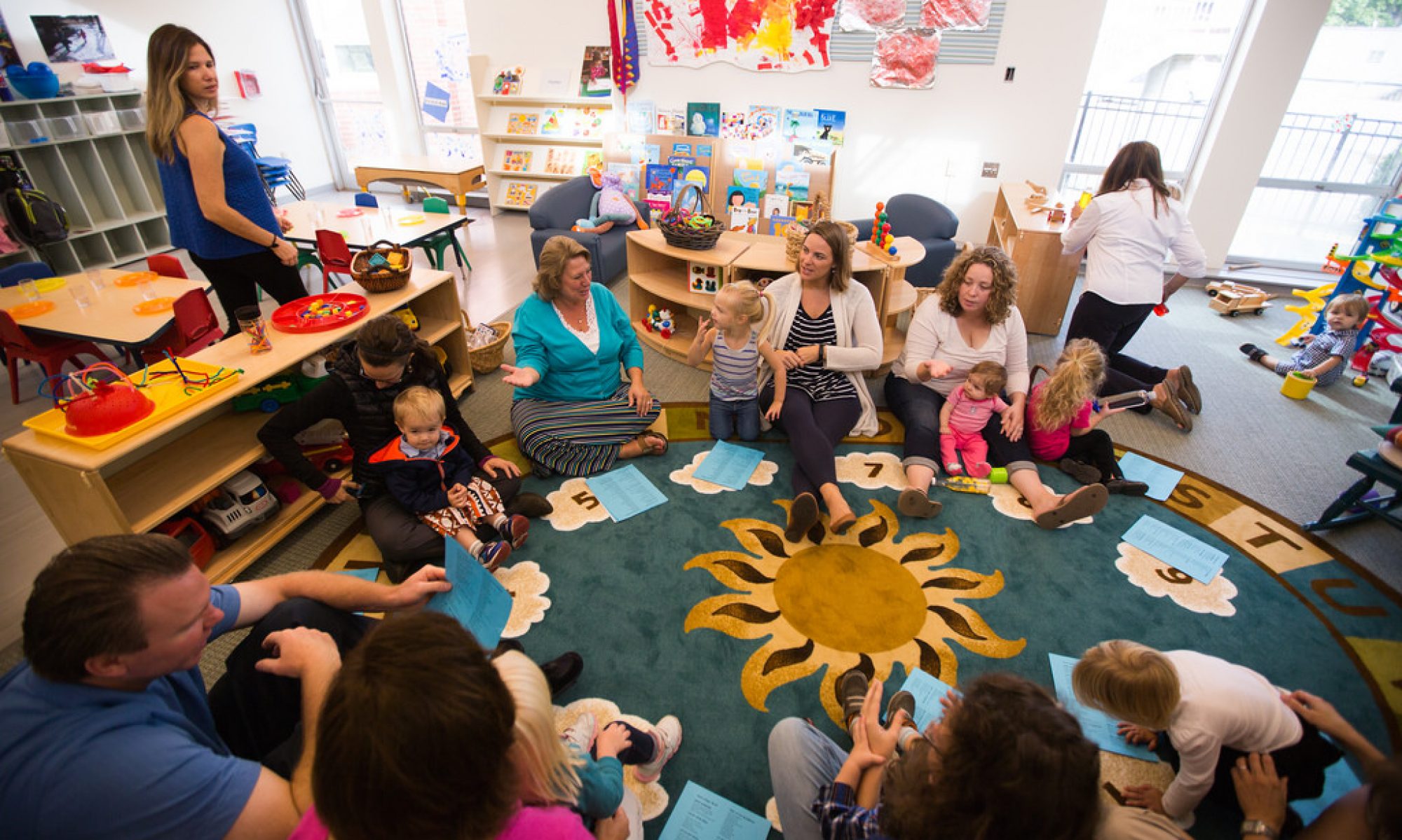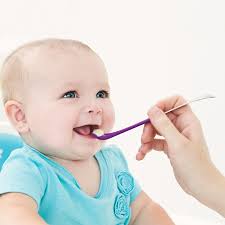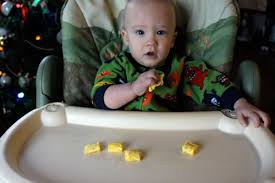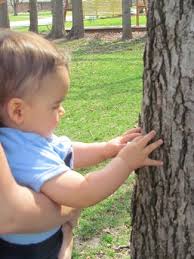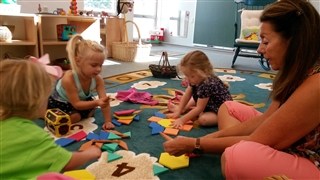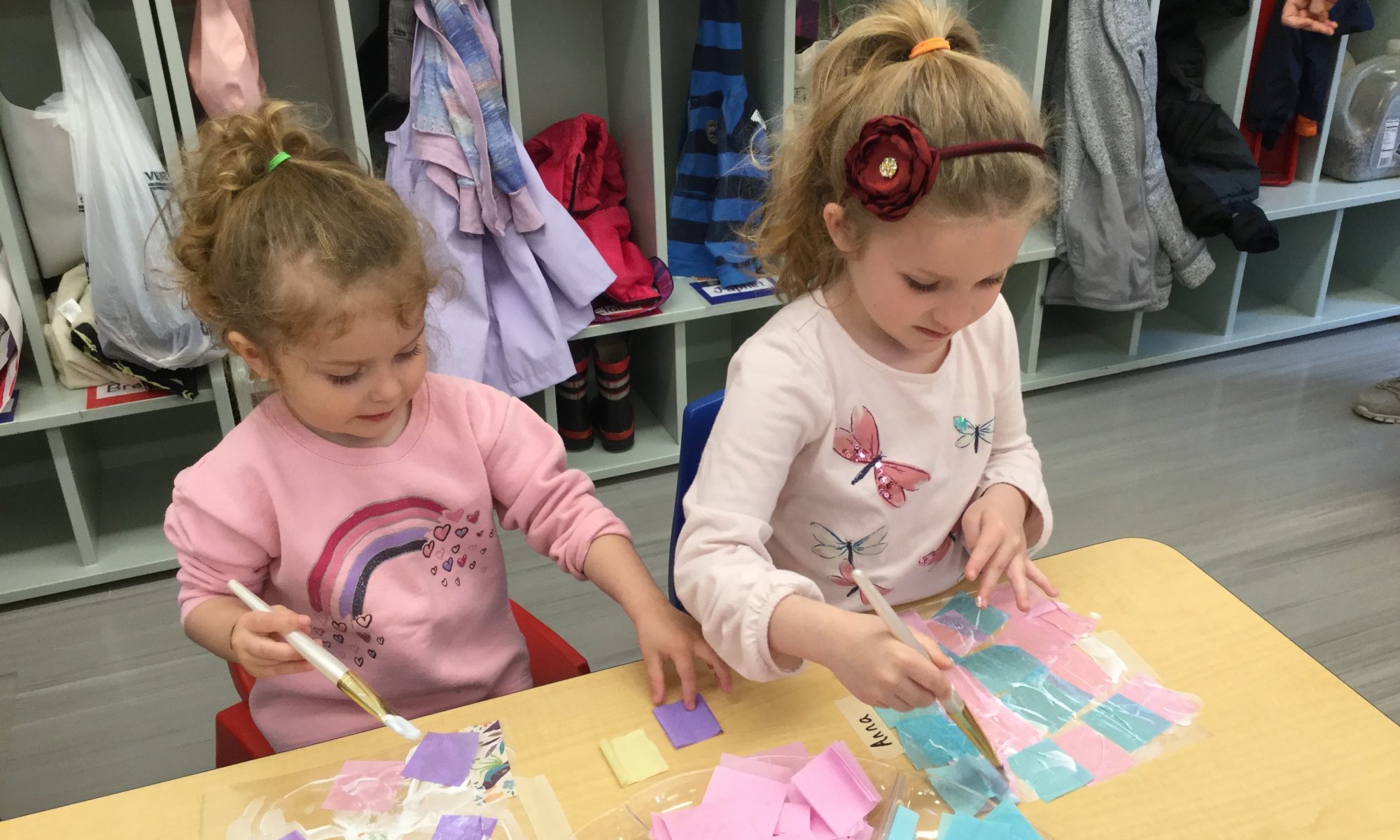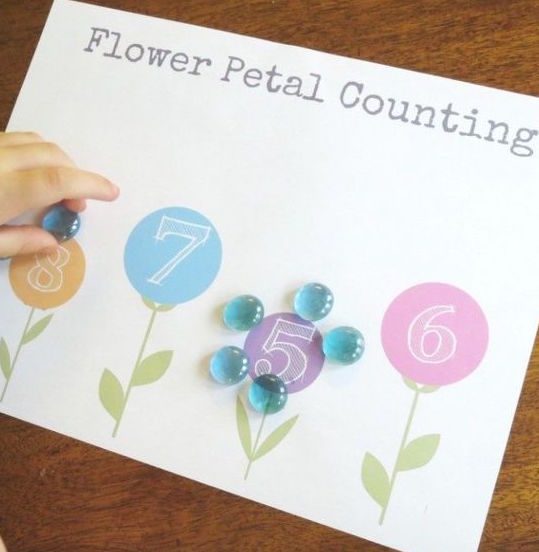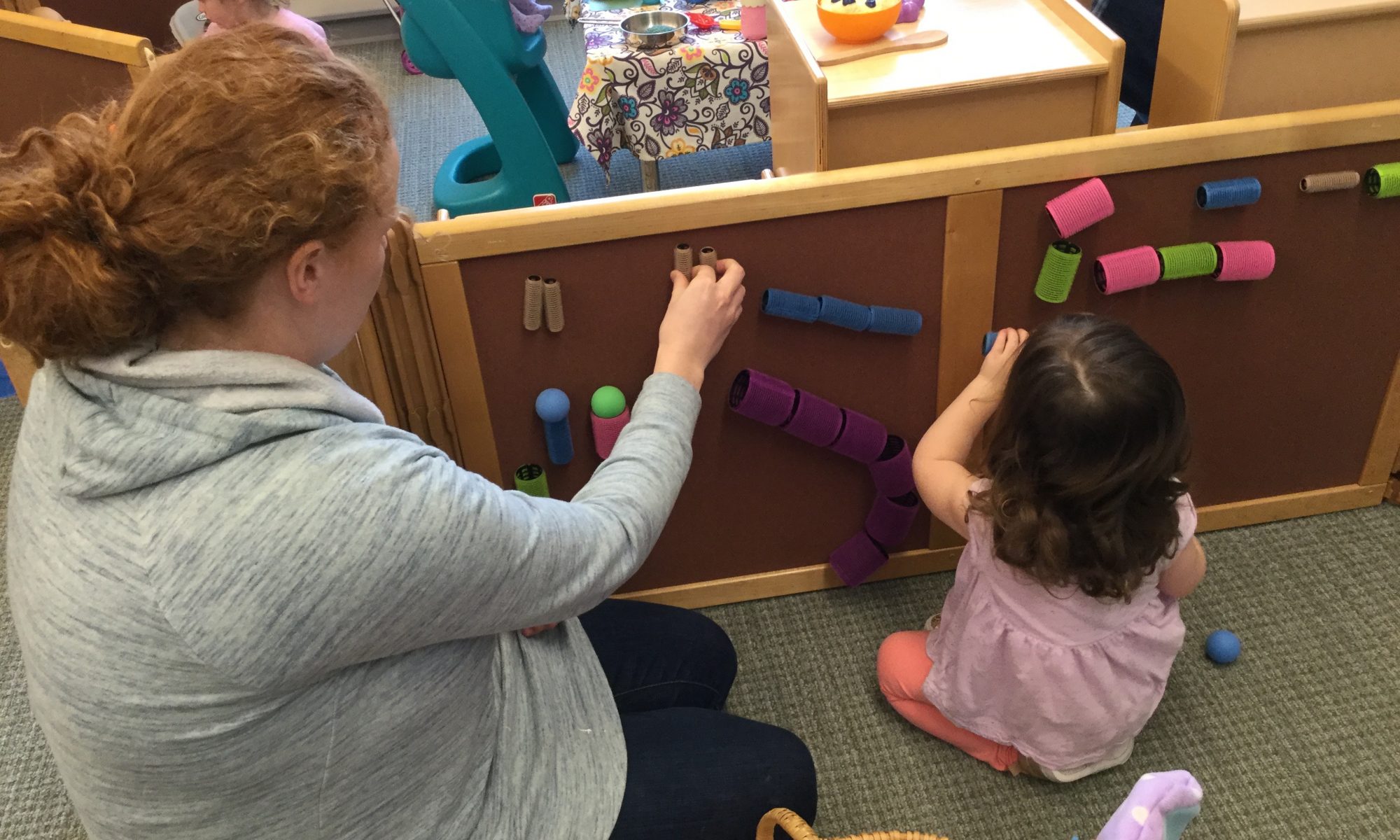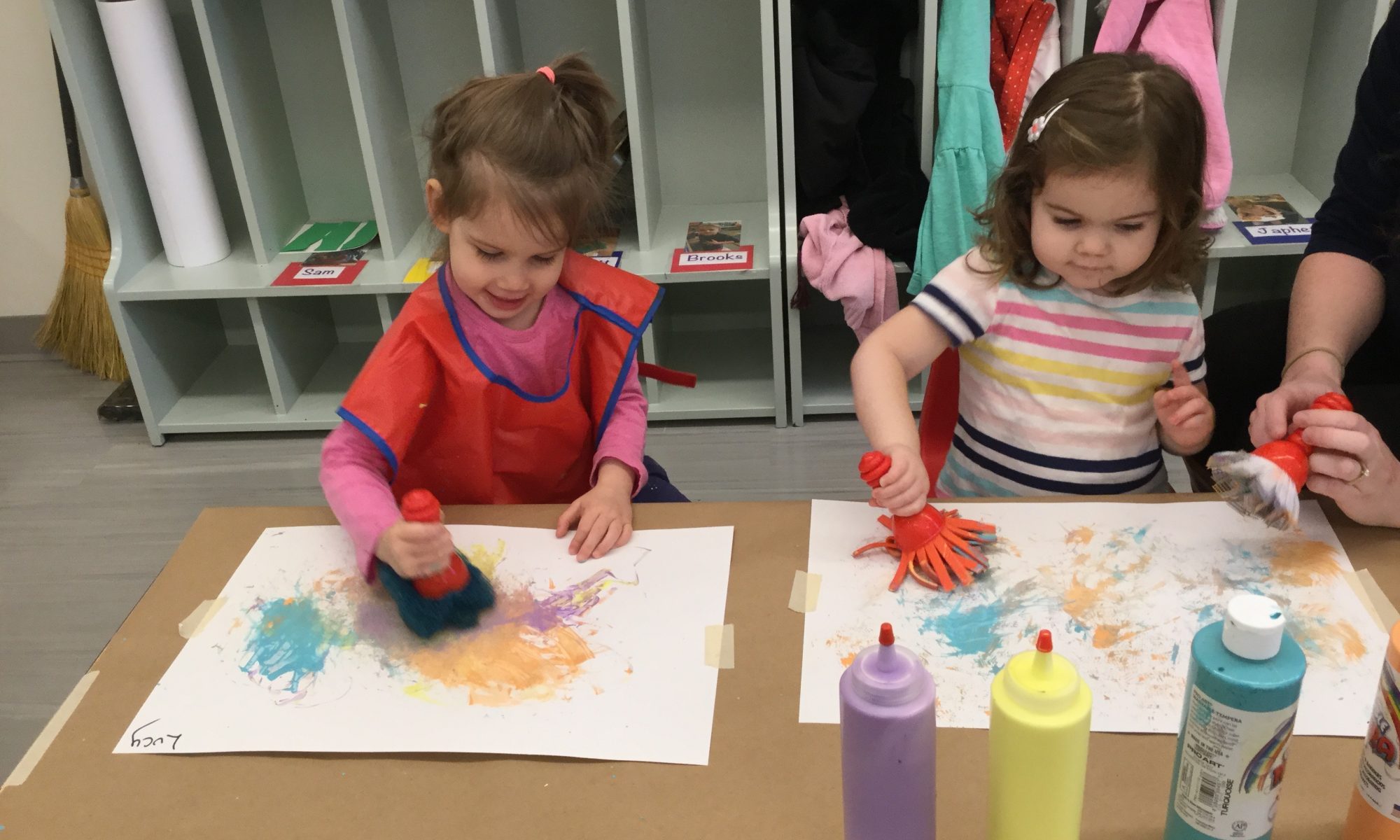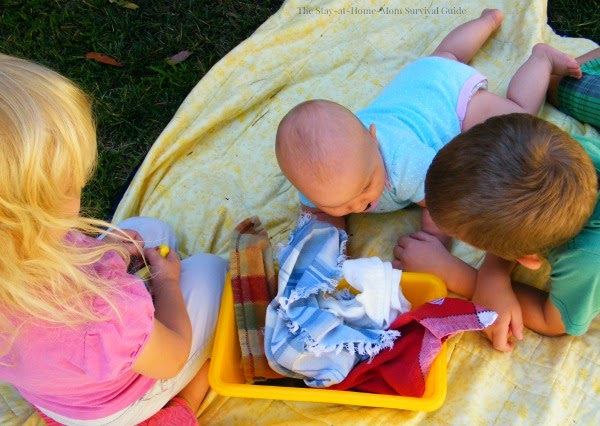The following are some guidelines from the book, Nutrition: What Every Parent Needs to Know. Remember that each child’s readiness depends on his own rate of development.
• Can he hold his head up? Your baby should be able to sit in a high chair, feeding seat, or infant seat with good head control.
• Does he open his mouth when food comes his way? Babies may be ready if they watch you eating, reach for your food, and seem eager to be fed.
• Can he move food from a spoon into his throat? If you offer a spoon of rice cereal and he pushes it out of his mouth and it dribbles onto his chin, he may not have the ability to move it to the back of his mouth to swallow it. It’s normal. Remember, he’s never had anything thicker than breast milk or formula before, and this may take some getting used to. Try diluting it the first few times, then gradually thicken the texture. You may also want to wait a week or two and try again.
• Is he big enough? Generally, when infants double their birth weight (typically at about 4 months) and weigh about 13 pounds or more, they may be ready for solid foods.
NOTE: Breastfeeding is recommended as the sole source of nutrition for your baby for about 6 months. When you add solid foods to your baby’s diet, continue breastfeeding until 12 months or as long as possible.
